#hanns kräly
Explore tagged Tumblr posts
Text
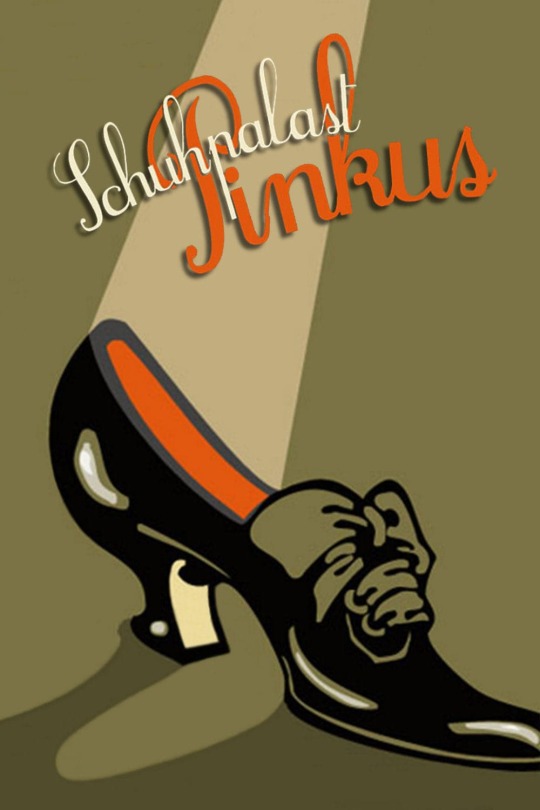
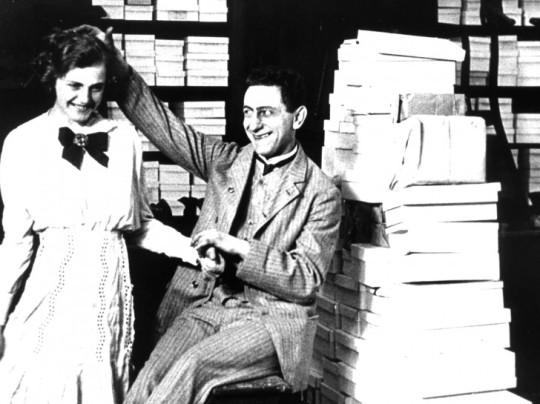

Shoe Palace Pinkus (Schuhpalast Pinkus) (1916) Ernst Lubitsch
July 22nd 2023
#shoe palace pinkus#Schuhpalast Pinkus#1916#ernst lubitsch#Else Kentner#Guido Herzfeld#Ossi Oswalda#Hanns Kräly#fritz rasp#Erich Schönfelder#shoe salon pinkus#the shoe palace
0 notes
Text



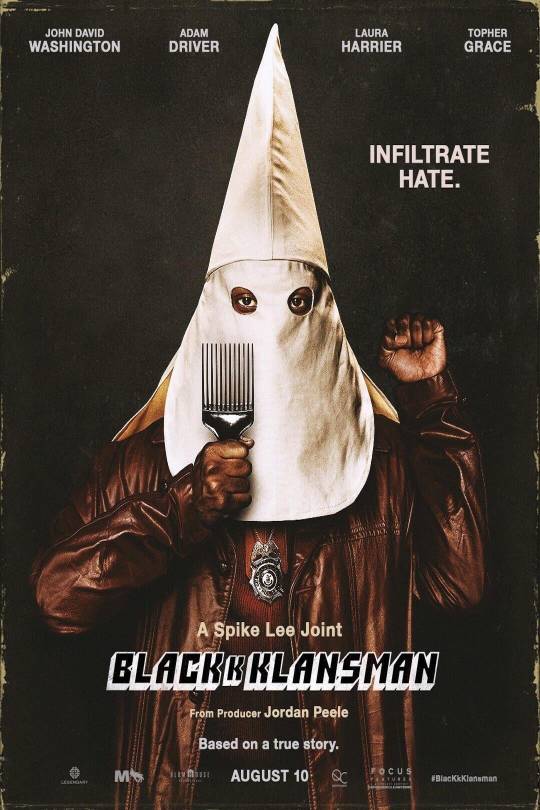

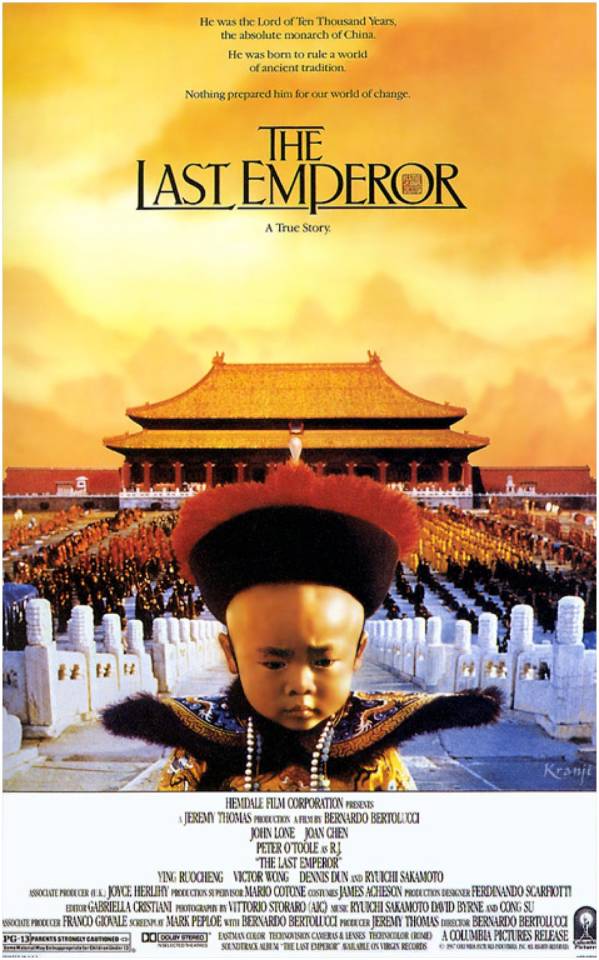
Posters included so nobody thinks they're voting for the more famous Mel Gibson vehicle
Top two vote-getters will move on to the next round. See pinned post for all groups!
#best best adapted screenplay tournament#best adapted screenplay#oscars#academy awards#the godfather#francis ford coppola#mario puzo#the patriot#hanns kräly#alfred neumann#ashley dukes#dmitry merezhkovsky#doctor zhivago#robert bolt#boris pasternak#blackkklansman#spike lee#david rabinowitz#charlie wachtel#kevin willmott#ron stallworth#sense and sensibility#sense & sensibility#emma thompson#jane austen#the last emperor#bernardo bertolucci#mark peploe#puyi#poll
1 note
·
View note
Text

Vilma Banky and Rudolph Valentino in The Eagle (Clarence Brown, 1925)
Cast: Rudolph Valentino, Vilma Banky, Louise Dresser, Albert Conti, James A. Marcus, George Nichols, Carrie Clark Ward. Screenplay: Hanns Kräly, based on a novel by Alexander Pushkin; titles: George Marion Jr. Cinematography: George Barnes. Production design: William Cameron Menzies. Film editing: Hal C. Kern.
It's easy to overlook the absurdities of the story of The Eagle because the filmmakers embrace them, and everyone seems to be having so much fun. Rudolph Valentino is Vladimir Dubrovsky, a dashing (what else?) lieutenant in the Russian Imperial Guard, who catches the eye of Catherine the Great (Louise Dresser) when he rescues a pretty young woman (Vilma Banky) and her aunt (Carrie Clark Ward) from a carriage pulled by a runaway horse. Catherine wants him for herself, of course, but Vladimir is shocked by her advances and flees. Meanwhile, he learns that his father has been victimized by a wicked aristocrat, Kyrilla Troekouroff(James A. Marcus), who has confiscated his lands. When his father dies, Vladimir vows vengeance against Kyrilla, and assumes the identity of the Black Eagle, a Zorro-like figure who wears a mask and rights the wrongs of Kyrilla against the peasantry. (In fact, the Black Eagle wasn't in the Pushkin story on which the movie is based; he was inspired by the success of the 1920 Douglas Fairbanks swashbuckler The Mark of Zorro directed by Fred Niblo.) And wouldn't you know it, Kyrilla's daughter, Mascha, turns out to be the pretty young woman he rescued in the runaway carriage. Disguising himself as a French teacher, he works his way into Kyrilla's household and woos Mascha. Meanwhile, the empress has put a price on Vladimir's head for desertion, so when he manages to win Masca and defeat her father, he still faces a firing squad. This is probably Valentino's most light-hearted performance, and he gets fine support from Banky and especially Dresser as the randy czarina.
8 notes
·
View notes
Photo

365 Day Movie Challenge (2017) - #179: I Don’t Want to Be a Man (1918) - dir. Ernst Lubitsch
Before his Hollywood successes with masterworks such as Ninotchka (1939), The Shop Around the Corner (1940) and Heaven Can Wait (1943), director Ernst Lubitsch made over thirty films in his native Germany. One such effort is I Don’t Want to Be a Man, a gender-bending comedy that stars one of Lubitsch’s early muses, Ossi Oswalda, as a tomboyish teenager (also named Ossi) who is frustrated by the expectations and restrictions placed on her because she is a girl. Wanting to strike back against her businessman father (Carl Goetz, who later played Louise Brooks’ pimp in Pandora’s Box), her governess (Margarete Kupfer) and polite society at large, Ossi decides to get dressed up as a man, decked out in an elegant tuxedo, top hat and monocle for a night on the town. At a swanky nightclub party, Ossi finds herself in the company of her handsome tutor, Dr. Kersten (Ferry Sikla), which leads to a romantic encounter which is strange and complicated, to say the least.
There is something intriguing in how the film never explains why Dr. Kersten kisses Ossi while he thinks she is a man; presumably he is bisexual, but I wonder whether audiences from a century ago would have thought he was simply acting differently because all of the embraces happen while he and his “male” companion are both drunk. Regardless of intention, the visuals are thought-provoking, even for a sweetly silly comedy. I like to think that Lubitsch and his co-writer, Hanns Kräly, were implying that attraction can just be, an experience not defined by a sex/gender-related label. Most of the humor is fairly broad and devoid of wit, leaning more towards slapstick, but Lubitsch used his film as a vehicle to make some compelling arguments about the treatment of women (in the wealthiest social circles of Berlin circa 1918, anyway) and the many different freedoms they should be allowed to have.
#365 day movie challenge 2017#i don't want to be a man#ich möchte kein mann sein#ich mochte kein mann sein#1918#1910s#ernst lubitsch#lubitsch#ossi oswalda#margarete kupfer#carl goetz#ferry sikla#german cinema#german film#german films#german movies#world cinema#foreign cinema#foreign film#foreign films#foreign movies#women in film
3 notes
·
View notes
Text
Ossi Oswalda

Nata Oswalda Stäglich il 2 febbraio 1897 a Niederschönhausen, nei pressi di Berlino, attrice tedesca del cinema muto. Figlia di un professore di liceo, che morì quando lei aveva solo quattro anni, crebbe con la sola madre, che era sorda. Studiò danza con Eva Peter e diventò ballerina in un teatro di Berlino. Nel 1916 venne scoperta da Hanns Kräly che le fece conoscere Ernst Lubitsch. Girò il suo…
View On WordPress
0 notes
Text
The Eyes Of The Mummy 1918
The Eyes Of The Mummy 1918

An Egyptian priest (Emil Jannings) terrorizes the man who ran off with his princess (Pola Negri). Initial release: October 3, 1918 Director: Ernst Lubitsch Producer: Paul Davidson Screenplay: Hanns Kräly, Emil Rameau Cinematography: Theodor Sparkuhl, Alfred Hansen Stars: Pola Negri, Harry Liedtke, Emil Jannings pol
View On WordPress
0 notes
Text

Ronald Colman and Constance Talmadge in Her Night of Romance (Sidney Franklin, 1924)
Cast: Constance Talmadge, Ronald Colman, Jean Hersholt, Albert Gran, Robert Rendel, Sidney Bracey, Joseph J. Dowling, Templar Saxe. Screenplay: Hanns Kräly. Cinematography: Ray Binger, Victor Milner. Art direction: William Cameron Menzies. Film editing: Hal C. Kern.
They had faces then, as the saying goes. And they needed them because they didn't have voices. Constance Talmadge was not beautiful -- her heart-shaped face was too long, and the profile shots in Her Night of Romance reveal the beginnings of a double chin. It's suggestive that when we first see her in the movie, she is pretending to be ugly -- and succeeding in a hilarious way: When ordered by newspaper photographers to smile and show her teeth, she comes up with a grimace that looks like she's just bitten into a lemon. But she had huge eyes and knew how to act with them, showing what she was thinking -- and often what she was saying. The ugly duckling masquerade is prescribed by the plot, in which she is an American heiress arriving in England and trying to duck fortune-hunters. Naturally the first person who sees through her disguise is an impoverished lord (Ronald Colman), who has just put his mansion up for sale, so the plot (by Hanns Kräly) becomes a series of complications after her father (Albert Gran) buys the mansion. The rest is a series of mistaken identities and misunderstood motives common to romantic comedy. Colman was nearing the peak of the first phase of his career as a movie star, relying on his suave handsomeness and good comic timing. It was a career that lasted 40 years because, unlike many silent stars, he had a speaking voice that was as handsome as his face. Talmadge and her sister Norma, who was also a major silent star, were not so lucky: Neither had received vocal training that would have helped them lose their Brooklyn accents, so they left movies when sound arrived.
0 notes
Photo

Norma Shearer, Ramon Novarro, and Jean Hersholt in The Student Prince in Old Heidelberg (Ernst Lubitsch, 1927) Cast: Ramon Novarro, Norma Shearer, Jean Hersholt, Gustav von Seyffertitz Lutz: Edgar Norton, Bobbie Mack, Philippe De Lacy, Otis Harlan. Screenplay: Hanns Kräly, based on a book and play by Wilhelm Meyer-Förster. Cinematography: John J. Mescall. Art direction: Richard Day, Cedric Gibbons. Film editing: Andrew Marton. Though The Student Prince in Old Heidelberg sometimes seems as overextended as its title, given the slightness of its love-or-duty plot, it gets a good deal of zip from Ernst Lubitsch's direction and from the charm of its leads, Ramon Novarro and Norma Shearer. The latter, especially, is seen to good advantage in a role that doesn't call on her to over-emote, a trap she sometimes fell into in many of her sound roles. Lubitsch inserts sly gags here and there to leaven the obviousness of the plot. After perhaps one too many scenes of students quaffing beer, there's a card to remind us that they were at the university to learn, too, followed by a shot of a professor droning away at a lectern to a classroom of a single student. Eventually, the film bogs down a bit when Novarro's Karl Heinrich is called away to princely duties and has to forsake Shearer's lovely barmaid.
2 notes
·
View notes
Photo
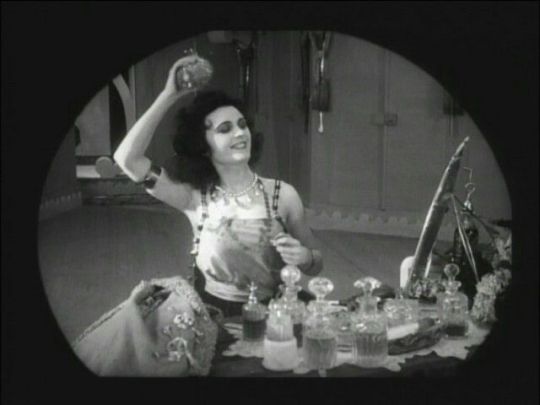
Pola Negri in The Wildcat (Ernst Lubitsch, 1921) Cast: Pola Negri, Victor Janson, Paul Heidemann, Wilhelm Diegelmann, Hermann Thimig, Edith Meller, Marga Köhler. Screenplay: Hanns Kräly, Ernst Lubitsch. Cinematography: Theodor Sparkuhl. Art direction: Max Gronert, Ernst Stern. One of Ernst Lubitsch's last films made in Germany before he departed for Hollywood, The Wildcat is subtitled A Grotesque in Four Acts, which is only mildly suggestive of its giddy absurdity. It doesn't resemble any other Lubitsch film I've seen, except in its uninhibited delight in playing with the medium. Pola Negri, usually cast in serious romances and initially burdened with a "femme fatale" label when she joined Lubitsch in Hollywood, here demonstrates a marvelous gift for knockabout comedy as the titular wildcat, the bandit's daughter who falls for a womanizing lieutenant and manages almost to reduce an Alpine military fort to rubble. Working not only in actual snowy Alpine locations but also in some of the wackiest studio sets ever built, Lubitsch pulls out all the stops, using a mad variety of matte shots that frame the action at odd angles and in ridiculous compositions. The fort itself bristles with cannons from every corner, and its interiors are full of mad curlicues. The action is no less outlandish: At one point, the bandits breach the fort by using Negri as a kind of human battering ram. And when Negri's Rischka deserts her bandit husband to pursue the lieutenant, she returns to find a stream trickling out of their hut, created by the tears the bandit has shed. Sheer nonsense, but a kind of unknown classic of silent comedy, on a par with the work of Mack Sennett in its pioneering exploitation of the medium. Lubitsch would temper his imagination, but you can still see foreshadowings of the comedy tricks he would bring to less madcap work.
0 notes
Video
The Wild Cat 1921 Also known as Die Bergkatze A charismatic lieutenant newly assigned to a remote fort is captured by a group of mountain bandits, thus setting in motion a madcap farce that is Lubitsch at his most unrestrained. Director: Ernst Lubitsch Writers: Hanns Kräly, Ernst Lubitsch Stars: Pola Negri, Victor Janson, Paul Heidemann
0 notes